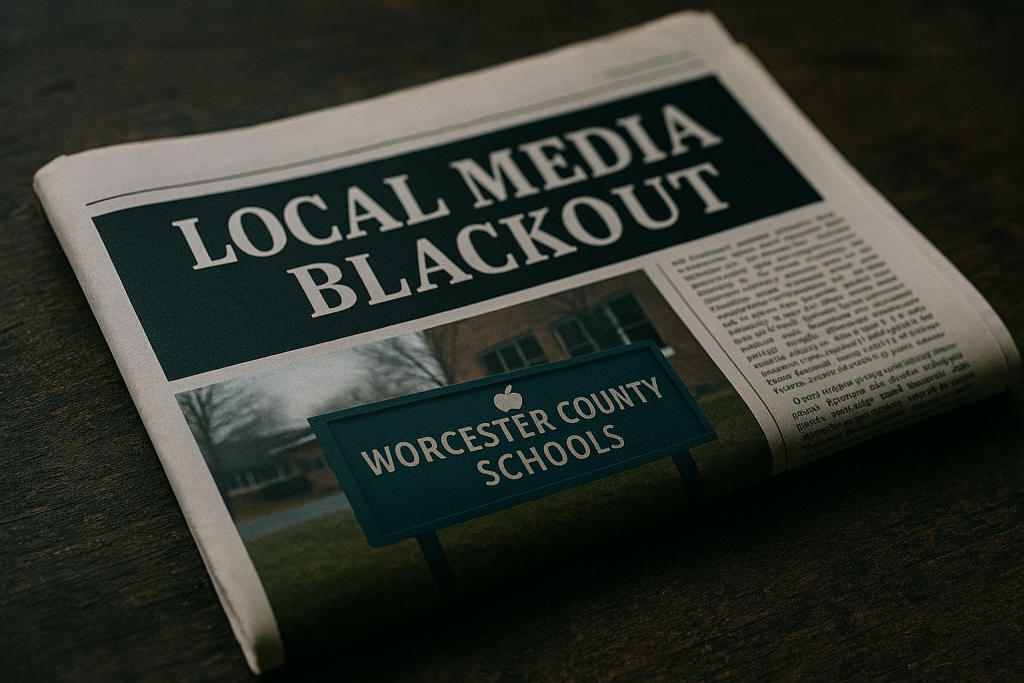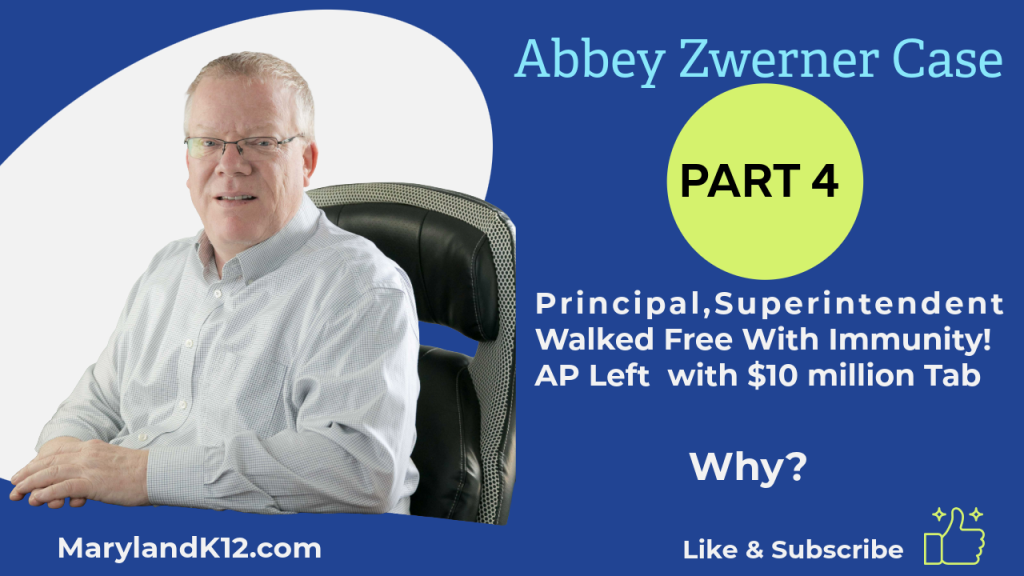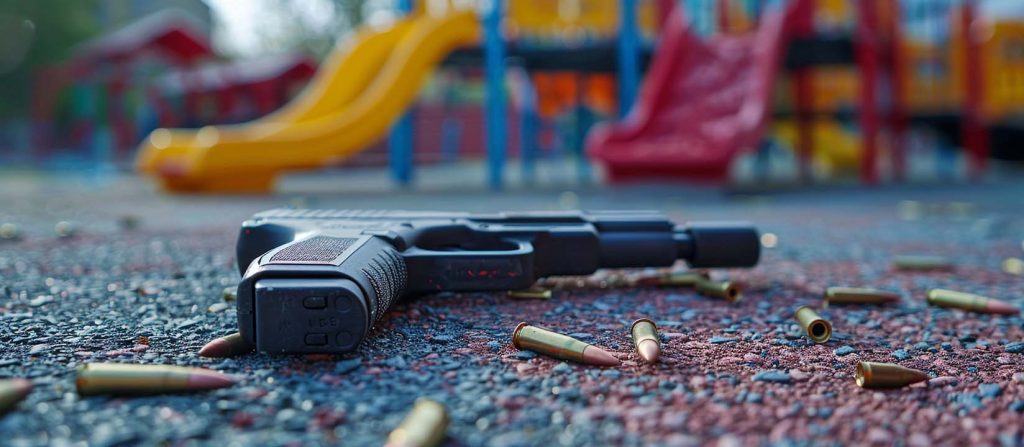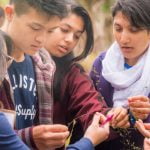
5 Strategies to Make Every Meeting a Model of ‘Exquisite Instruction’ (Opinion)
Talk to any teacher across the globe and ask them about their challenges in the classroom. You won’t listen long before you’ll likely hear them bring up the challenge of not having enough time. There seems to never be enough time for all the learning we want for our learners. Knowing that they can’t create more time, our teachers are faced with the challenge of making the most of the time they have with students. As school leaders, we often verbalize and emphasize this value with statements such as “making the most of every minute,” “not wasting a single instructional minute,” or “maximizing instructional time.”
While it’s admirable to want this powerful use of time for every classroom, as school and district leaders, we have the same challenge. From a district leader’s voice, we might say things like:
- There’s never enough time for that professional learning session.
- Our meeting time ran over because we had so much to cover.
- We’ll need to schedule another meeting to finish this topic.
- I want to be an instructional leader, but there isn’t enough time.
Rather than being hindered by this challenge, let’s recognize that we have the opportunity to model a few key strategies when we are leading the learning of a group to make the most of every minute!
As an elementary principal starting my career in the early 1990s, I had the great fortune to have a number of mentors that modeled for me what powerful leadership “looked like and sounded like.” Most of these were individuals with whom I had the pleasure of working directly.
However, one of my “far away” mentors who impacted me without having even met her at the time was Shelley Harwayne, then principal of the newly opened Manhattan New School in the New York City district. Shelley wrote in her books about the importance of modeling what she called “exquisite instruction” at every turn.
For the next three decades as a school and district leader, I returned over and over to Shelley’s writing and her leadership. (I was fortunate enough to see her in action at Manhattan New School a number of years later to see her do what she wrote about in real life!)
Whether a large-group professional development session for hundreds of teachers, a learning session of all the building leaders from the district, a small-group meeting of principals or teacher leaders, or a gathering of two or three around an office table, district leaders can make the most of this time together and model strategies that those participants can use in their own schools and classrooms.
Here are my top five strategies to model and “make the most of every minute”:
Create the Learning Environment Where You Would Want to Learn – It’s the little things that set up a learning environment ready to welcome your participants. When we think about the learning we hope to take place, the set up of the room can truly be impactful. As a building leader, many sessions with my staff took place in the school library.
As a district leader, it was usually the district office board room. Neither of these spaces was typically arranged for the learning that I hoped to facilitate, and I wanted to always be respectful of those who “lived” there. Learning is a social activity, and the physical arrangement can contribute or inhibit the social interaction of our groups. For me, spending the extra 15 minutes ahead of time to pull tables together to facilitate group conversation or to promote a particular strategy (and then returning things to their original setup after the meeting) was time well spent.
I tried to welcome each participant to my meeting almost as if they were a guest for a meal. Having their “place setting” ready with a written agenda, a written text that we would use in the meeting, or a learning tool for a group process signaled that this gathering was important enough to plan for and that learning was to take place in this room.
Sometimes, a touchstone item would be at each place to help anchor the learning of the day when they left the session. A bookmark created with important points from the learning, a small token from a dollar store that represented a big idea from the session, a tool that they could use with their own group of learners, or sometimes a copy of a children’s book that I would use in the session greeted them at their “place.”
Finally, taking good care of our colleagues by modeling Unreasonable Hospitality (check out this book …) with a good cup of coffee and real cream, a bottle of chilled water, or a healthy snack waiting in the room helps to create the space where the learners not only remember what they learned but also how they felt during this time together. This is more than fluff. Research tells us that learning is anchored more solidly when we have a positive emotional connection (Odetola).
Take Every Opportunity to Build Relationship and Inspire – As we want our teachers to do, I quickly learned the importance of greeting the participants as they arrived for the session. There is always one person who arrives 20 minutes early and is often seeking that connection or conversation. Rather than seeing this as an interruption to my preparation, I tried to frame this in my own mind as an opportunity to build relationship with the individual. I found it really helpful to convince myself that I needed to be “on and ready” minutes before the “start” of the meeting to account for these moments, rather than scurrying around in what appears to be an unprepared state.
Even in quick passing moments, making a personal connection with my guests and remembering small things that are important to them is a powerful way to authentically build relationships across the learning community.
The Apple TV show “Ted Lasso” has taken hold most recently as the lead character, Ted (a recently relocated American soccer coach in England) leads his flailing team to success and teamwork with a relentless focus on getting to know each member of the team, what is important to them, and how to tap into their passion for the game (the work). This same approach applies equally well in our work as district leaders.
Model Exquisite Instructional Strategies – When we are hosting meetings with other leaders from our district, it can be tempting to slip back into old habits of seeing our role as that of information-giver or as one to plow through the many items on an agenda. Instead, let’s look at every gathering of school leaders or teachers as an opportunity to model a powerful instructional strategy that can be used again by our pthose attending the meeting in their own work.
Here are a few of my favorites:
- Get all voices out early in the meeting with a quick opening go-round or active prompt to get participants talking for 2-3 minutes with one another.
- Use a picture book or a leadership text (noneducation books work, too!!) to connect to the topic of the day.
- Model the use of technology. Rather than banning these tools, let’s embrace them as yet another resource in our kit. Encourage talk and help one another with the use of the tool. Even modeling a new tool for one minute at each gathering begins to create a “thread” of learning alongside your content.
- When creating a presentation, remember LESS IS MORE! Let your slides be filled with a powerful image that helps the learner to remember, rather than filled with text. Check out this book for more tips: Presentation Zen: Simple Ideas on Presentation Design and Delivery by Garr Reynolds.
- Bookend your meeting with clear learning intentions and success criteria. Modeling this strategy with adults is a powerful way to impact its use in all the classrooms of your district.
- Connect this meeting to the district strategic plan or major initiatives for the year. Even in a short moment of any meeting or session, helping our colleagues understand how today’s learning fits with our other work and learning can help to build understanding and coherence.
- Build in time for your participants to process and create their next steps. Even one to two minutes of private think time built into a session allows learners to process the big ideas from the day and leads them to application, our ultimate goal.
Be Fully Present – While providing time for learners to process their own learning and throughout the learning session or meeting, we have the opportunity to carefully watch and listen in. Wandering throughout the space or quietly checking in with individuals become our own formative assessment of our meeting. As a result of what we see and hear in the meeting, we can be ready to adjust and model flexibility in our planning. Throughout the meeting, make a mental note (or jot it down) of possible hurdles or connections for follow-up with individuals to keep the learning and the work moving forward successfully.
Follow the Meeting: The meeting isn’t over when the meeting ends! In our busyness of each day, it’s tempting to feel like we run from one meeting to the next with barely a moment to breathe in between. For me, I found it most impactful when I forced myself to slow down enough to take one next step after the meeting to keep momentum from the learning session or meeting.
Sometimes, this took the form of a written follow-up to all participants in email that thanked them for their participation, highlighted one or two next steps, and led to what would be coming next. At other times, I might have made one or two individual calls to follow up from the meeting, respond to a question that emerged from them, or to encourage their leadership with one another or their own staff as a result of our meeting together.
Many times, that small investment of time paid off over and over in the way that the work moved forward, and usually, I found that I learned valuable information and insights that helped me to better lead the work, as well.
As district leaders, there will never be “enough time” for all that we want to accomplish, but with a few small adjustments in our thinking and planning for time with our colleagues, we can truly make the most of every minute. Along the way we can model strategies for learning in our meetings and learning sessions that we would want to see from each one of those we have the pleasure of serving. Let’s all continue to strive to model our own version of Shelley Harwayne’s “exquisite instruction”!
Dig Deeper With Our Longreads
Newsletter Sign up to get our best longform features, investigations, and thought-provoking essays, in your inbox every Sunday.
The MEN was founded by John Huber in the fall of 2020. It was founded to provide a platform for expert opinion and commentary on current issues that directly or indirectly affect education. All opinions are valued and accepted providing they are expressed in a professional manner. The Maryland Education Network consists of Blogs, Videos, and other interaction among the K-12 community.








